Bikes and Bones
Inspired by the AmGen Tour of California, coming through Santa Cruz, I am thinking about the bone density of the world’s top cyclists. In the past 5 years, much has changed in the way we think about exercise and bone density. We used to think that weight-bearing or weight training exercise was the best for building bone. So, just what exercise is best for building bone? And, what can avid cyclists do to preserve their bones?

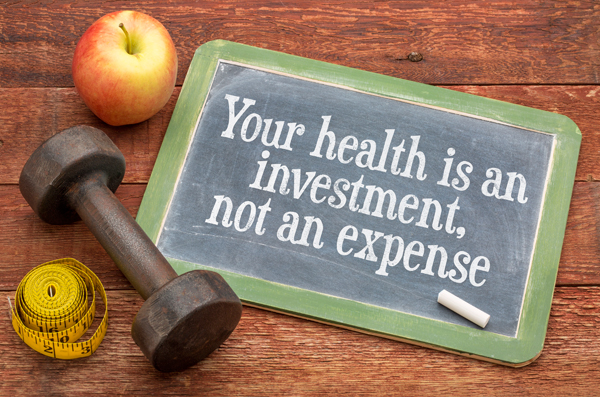
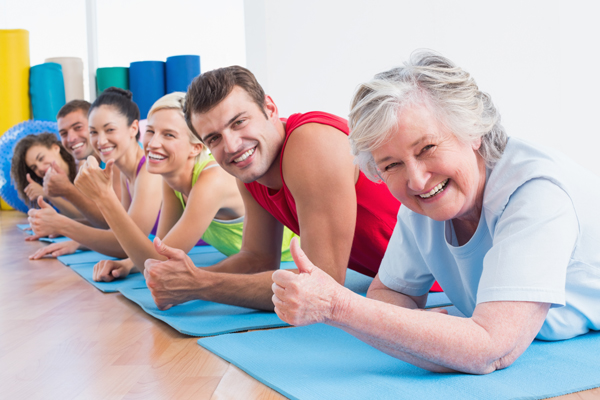
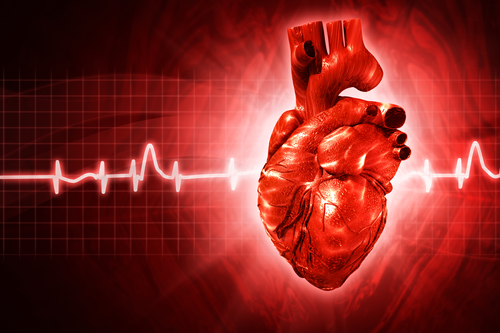
 A cardio training session is characterized by continuous movement over time at a specified rate of speed. Walking for an extended period of time would qualify as a form of cardio exercise. Playing tennis does not qualify as a cardio activity because it does not consist in continuous movement, just as a round of golf doesn’t. Other types of cardio exercise are cycling, swimming laps, hiking, running, cross country skiing and other such activities that require one to work overtime and involve a constant effort to maintain muscular involvement of all the major muscle groups on the body.
A cardio training session is characterized by continuous movement over time at a specified rate of speed. Walking for an extended period of time would qualify as a form of cardio exercise. Playing tennis does not qualify as a cardio activity because it does not consist in continuous movement, just as a round of golf doesn’t. Other types of cardio exercise are cycling, swimming laps, hiking, running, cross country skiing and other such activities that require one to work overtime and involve a constant effort to maintain muscular involvement of all the major muscle groups on the body.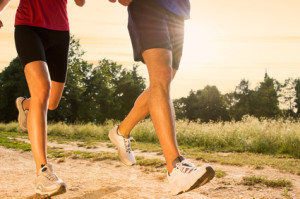 Increased overall wellness:
Increased overall wellness: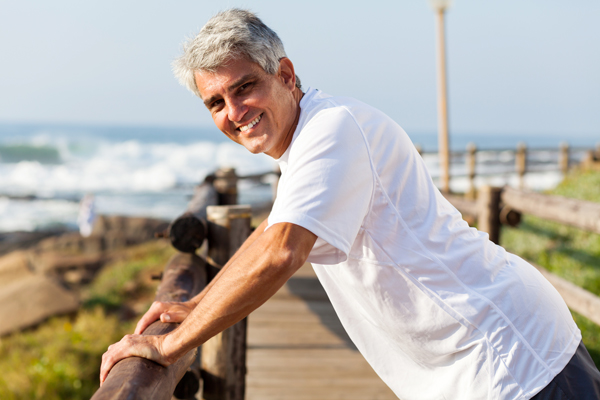
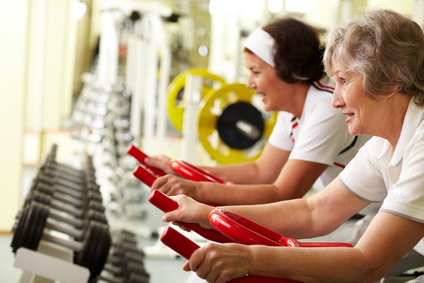


 Here is how you can adapt exercising as a lifestyle today:
Here is how you can adapt exercising as a lifestyle today: